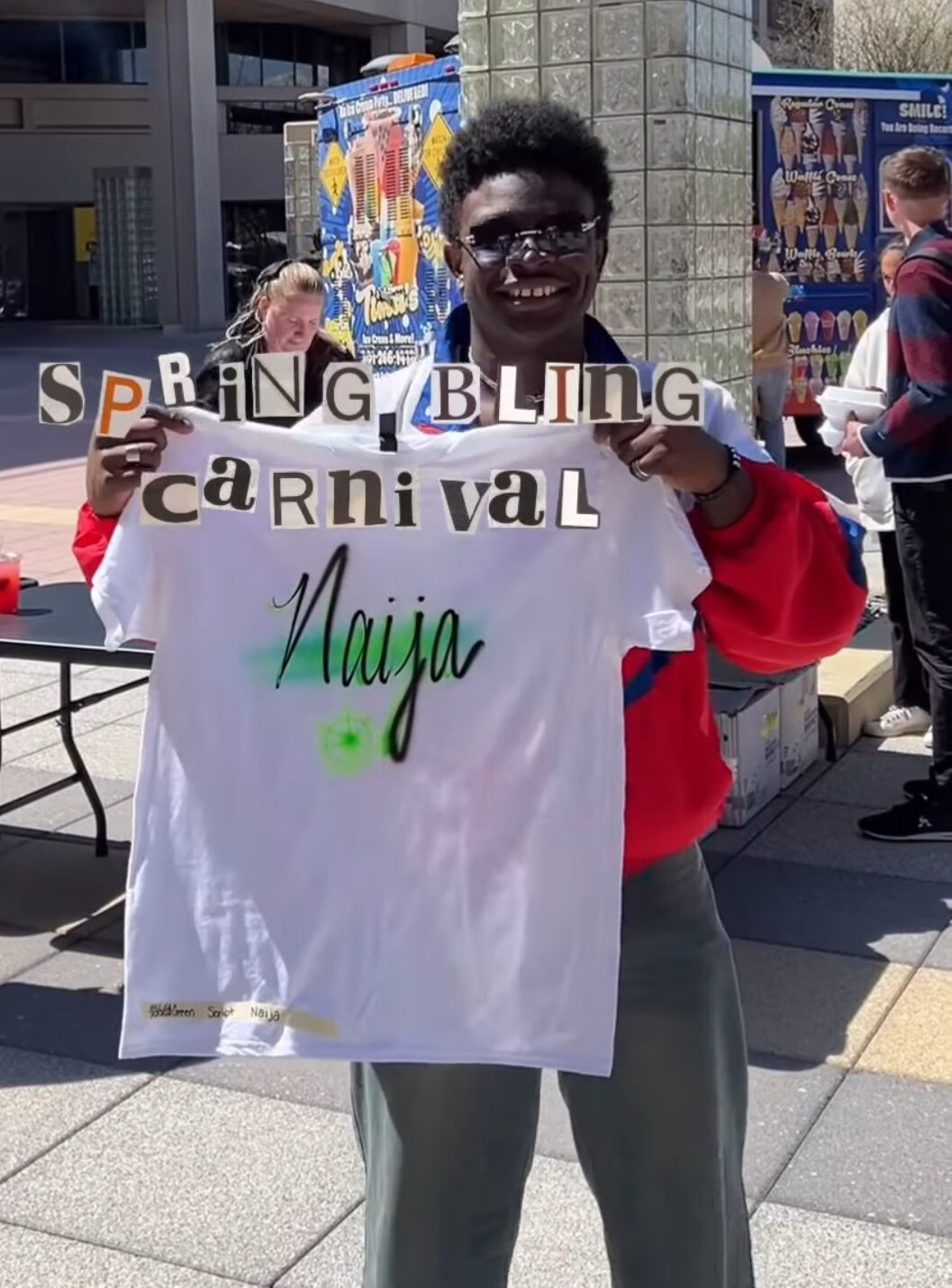UDC marks 15 year partnership with DC’s Cherry Blossom Festival
WASHINGTON, D.C. —
While the cherry blossoms dazzled the city in a quick, four-day peak bloom this past weekend, their beauty was matched by the deeper community impact happening behind the scenes. The University of the District of Columbia (UDC) marked its 15th year as a key partner in the National Cherry Blossom Festival, working through its College of Agriculture, Urban Sustainability, and Environmental Sciences (CAUSES) to connect celebration with sustainability, conservation, and civic pride.
“This festival brings endless possibilities and positive attention to the university,” said Lee Brian Reba, Senior Adviser for University Events and Protocol. “It places UDC alongside major civic and cultural institutions, which is a powerful position to hold.” Reba, who brought the festival partnership to UDC in 2011, continues to champion the university’s involvement in this historic collaboration.

From planting legacy cherry trees on campus to hosting parade performers, UDC’s presence reinforces how local institutions can turn cultural events into platforms for education and engagement.
This year, the cherry blossoms at the Tidal Basin bloomed and faded in a brief, brilliant flash. Peak bloom, typically a week-long spectacle, lasted only four days before heavy rain swept through, stripping petals from the trees and transforming the pink-and-white landscape into a soggy carpet of fallen blossoms. What is usually a two-week celebration of color was abruptly cut short, leaving behind a damp reminder of nature’s fleeting beauty.
Still, that didn’t stop crowds from packing into the city to catch the fleeting spectacle. Thousands of visitors flooded the National Mall and surrounding areas over the weekend, creating a vibrant—at times overwhelming—scene for locals and tourists alike. The early bloom caught many off guard, as the trees usually reach their peak in early April. However, this year’s unseasonably warm winter accelerated the timeline, pushing the blossoms to peak earlier than expected.
The short bloom didn’t seem to hurt the city’s bottom line. According to a recent report from WJLA, this year’s National Cherry Blossom Festival drove record-breaking visitor spending across the Metro system. WMATA officials said the festival season brought in more than $151 million in economic impact, a welcome boost for hotels, restaurants, and local businesses coming off a slow winter.
But the crowds also sparked some frustration. Longtime D.C. residents took to social media to voice concern about the lack of police presence around the Tidal Basin during the peak weekend. Many pointed out the damage done by visitors who picked flowers, climbed trees, or snapped off branches for the perfect photo — all of which are illegal. The National Park Service has strict rules against disturbing the cherry trees, but enforcement appeared spotty at best.
“These trees are part of our history,” said Ward 1 resident D.D. Yates. “It’s frustrating to see people treat them like props.”

While the blossoms themselves have mostly disappeared, festivities continued with the beloved Blossom Kite Festival, at the Washington Monument grounds. The Sakura Matsuri Japanese Street Festival — one of the largest of its kind in the country, filled Pennsylvania Avenue with Japanese food, music, art, and cultural exhibits.
The quick bloom this year was a reminder that the best things don’t always last — and that catching them while you can is part of the magic. Whether you were lucky enough to see the blossoms in full glory or just caught glimpses online, their short stay left a lasting impression on the city once again.
—







